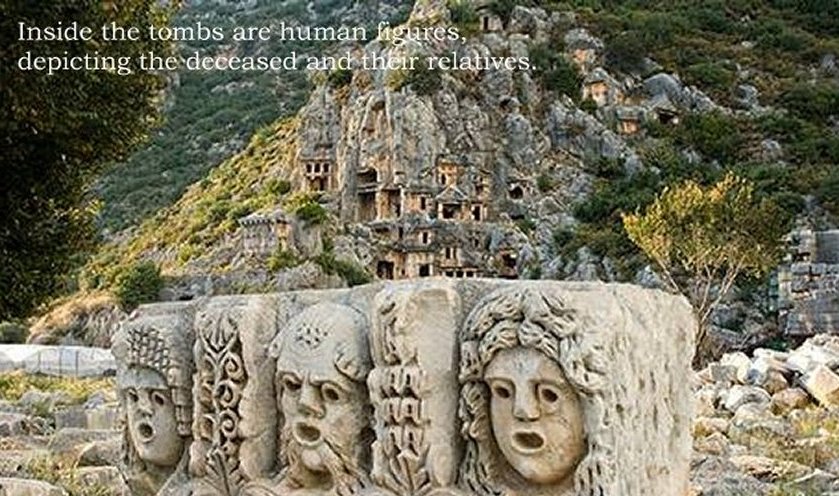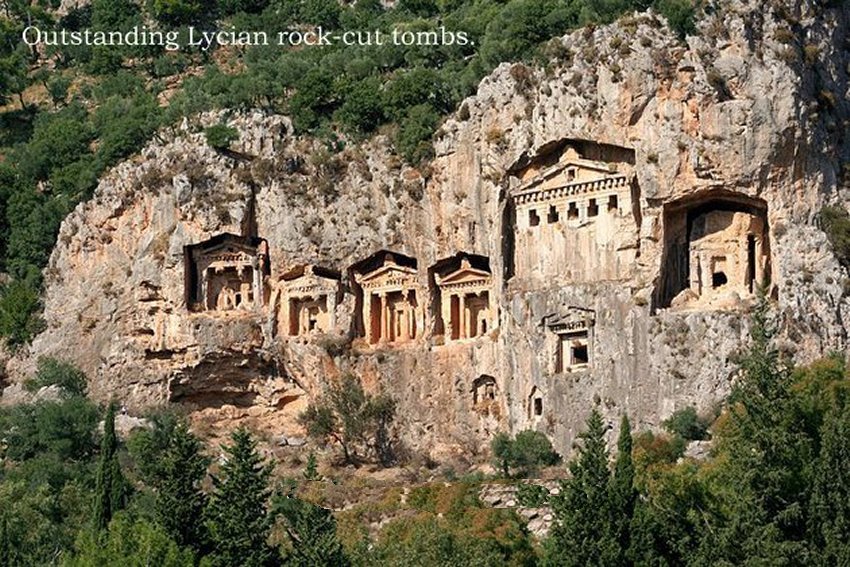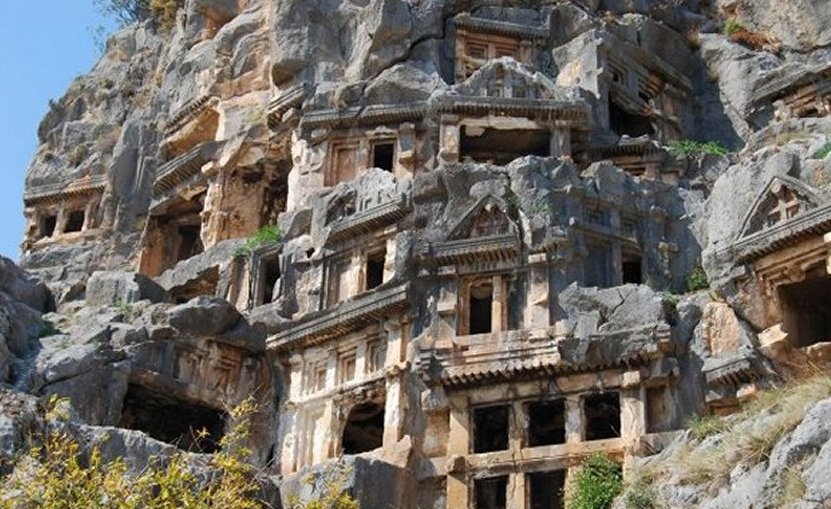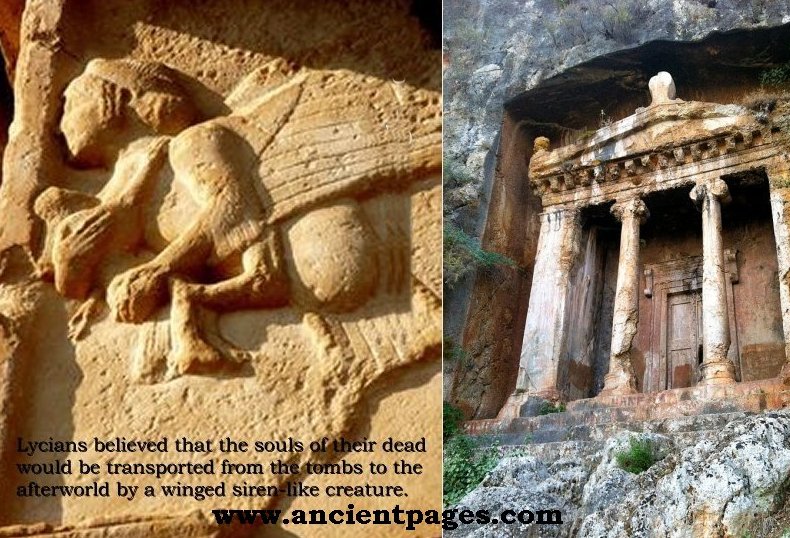Magnificent Ancient Rock-Cut Lycian Tombs Of Myra, Antalya, Turkey
A. Sutherland - AncientPages.com - We have seen on several occasions that our ancestors mastered sophisticated rock-cut architecture creating dwellings, tombs and temples that are truly a wonder of all time.
Ancient monuments of rock-cut architecture are widespread in several regions of the world. The rock-cut tombs of Lycia are one of the finest examples of ancient peoples' ingenuity in the form of outstanding tombs.
Excavations in Myra, an ancient metropolis of the Lycian Union, and the Andriake Port situated in Demre, Antalya, Turkey revealed some of the most important ancient sites of the Lycian Union.
In the ancient town of Myra in the Lycia region of Anatolia, modern-day Turkey there are several spectacular ruins. Among them, we find the magnificent rock-cut tombs of the ancient Lycian necropolis. Two burial sites, the river necropolis, and ocean necropolis, with frontages resembling classical temples, have been hewn from the cliffs located above the town.
The ancient city of Myra was the central city of the Lycian Union and many wealthy inhabitants contributed with money to reconstruct and build new structures.
During the Byzantine era, it was one of the leading cities in terms of religion and administration. Earthquakes and floods led to that Myra began losing its importance in the 7th century and became a village in the 12th century.
The embossed and plain rock tombs are located on both sides of the Roman Theater. Most of the tombs appear like large houses from a distance, while some are in the shape of a temple. The tombs show the Lycians' use of wooden house architecture.
Inside the tombs are human figures, depicting the deceased and their relatives. There are two different types of Lycian rock tombs. One of them has a simple chamber cut into the rock face like a room and the others are far more elaborate temple-like rock tomb carvings.
The rock tombs are the final resting places for the ancient kings of Kaunos and were carved into the limestone rock.
The Lycians believed that the souls of their dead would be transported from the tombs to the afterworld by a winged siren-like creature. This belief was the reason why they placed their tombs along the coast or at the top of cliffs when they were not integrated into the populated areas of the cities.
Rock tombs in Lycia had become common in 1000 AD and represent many different traditions of burying the dead in Anatolia. Usually, they contained several bodies and many tombs had several stone couches inside upon which gifts were left and the dead were laid, often families.
The entrance was sealed with a sliding stone door that ran sideways along a groove. Elaborate carvings are not a simple decoration but rather depict specific features of the deceased and the main events of the period. These were certainly the tombs that belonged to wealthy people of Lycia.
See also:
Mysterious Lost Kingdom Of Urartu And Its Enigmatic History
Lothal – ‘City of Dead’ – One Of The Most Prominent Ancient Places In Danger To Be Forgotten
There are rock tombs located in 47 different areas in Turkey and they follow the burial tradition widespread once among the Urartians.
Rock-cut tombs can be found in many different places and definitely not only in Turkey. These marvelous tombs have been found in other places in the Mediterranean, in the Palestinian and Nabatean area, Cyrenaica, eastern Anatolian Urartu, in Saudi Arabian Hegra and in Egyptian Beni Hassan, in the Kurdish border area between Iran and Iraq and in the surroundings of Persian Persepolis,
However, these places all have one thing in common: they were built in landscapes with deep ravines and steep cliffs.
Written by – A. Sutherland AncientPages.com Staff Writer
Copyright © AncientPages.com All rights reserved. This material may not be published, broadcast, rewritten or redistributed in whole or part without the express written permission of AncientPages.com
More From Ancient Pages
-
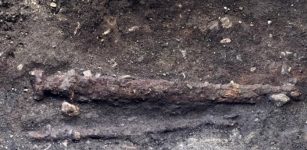 Viking Sword Unearthed In Grave Excavated by Archaeologists In Central Norway
Archaeology | Aug 27, 2020
Viking Sword Unearthed In Grave Excavated by Archaeologists In Central Norway
Archaeology | Aug 27, 2020 -
 11 Ancient Submerged Canoes Found In Wisconsin’s Lake Mendota – Evidence Of A Lost Village?
Archaeology | May 27, 2024
11 Ancient Submerged Canoes Found In Wisconsin’s Lake Mendota – Evidence Of A Lost Village?
Archaeology | May 27, 2024 -
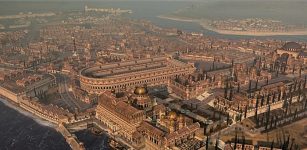 Why Was Constantinople Called New Rome?
Ancient History Facts | Mar 9, 2020
Why Was Constantinople Called New Rome?
Ancient History Facts | Mar 9, 2020 -
 Before The Pharaohs: The Evidence For Advanced Civilization In Egypt’s Mysterious Prehistory
Civilizations | Apr 14, 2017
Before The Pharaohs: The Evidence For Advanced Civilization In Egypt’s Mysterious Prehistory
Civilizations | Apr 14, 2017 -
 Gallic Leader Vercingetorix In Victorious Battle Of Gergovia, 52 BC
Featured Stories | Jan 23, 2017
Gallic Leader Vercingetorix In Victorious Battle Of Gergovia, 52 BC
Featured Stories | Jan 23, 2017 -
 Selinunte: Latest Excavations Bring To Light A New Small Temple – What Ritualistic Practices Will Be Revealed One Day?
Archaeology | Aug 12, 2024
Selinunte: Latest Excavations Bring To Light A New Small Temple – What Ritualistic Practices Will Be Revealed One Day?
Archaeology | Aug 12, 2024 -
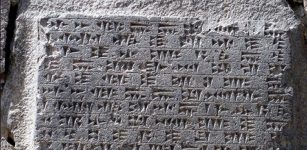 Ancient City Of Metsamor – Captured And Destroyed By Argishti I, The Ruler Of Urartu
Civilizations | Sep 11, 2015
Ancient City Of Metsamor – Captured And Destroyed By Argishti I, The Ruler Of Urartu
Civilizations | Sep 11, 2015 -
 How Is DNA Preserved In Archaeological Sediments For Thousands Of Years
Archaeology | Jan 3, 2022
How Is DNA Preserved In Archaeological Sediments For Thousands Of Years
Archaeology | Jan 3, 2022 -
 Secrets Of An Unusual And Mysterious Medieval Danish Axe Revealed By Scientist
Archaeology | Nov 25, 2022
Secrets Of An Unusual And Mysterious Medieval Danish Axe Revealed By Scientist
Archaeology | Nov 25, 2022 -
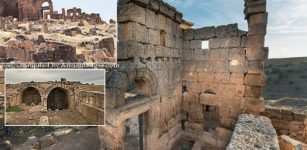 1,800-Year-Old Entrance To Turkey’s Zerzevan Castle Found Among The Ruins
Archaeology | Aug 15, 2020
1,800-Year-Old Entrance To Turkey’s Zerzevan Castle Found Among The Ruins
Archaeology | Aug 15, 2020 -
 Strange Ancient Measurements Of The Earth Revealed – Ancient Texts And Physical Evidence Examined
Ancient Mysteries | Apr 11, 2018
Strange Ancient Measurements Of The Earth Revealed – Ancient Texts And Physical Evidence Examined
Ancient Mysteries | Apr 11, 2018 -
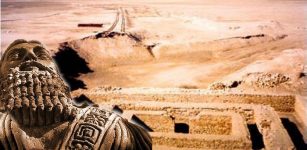 How Gilgamesh Defeated Mighty King Agga Of Kish
Mesopotamian Mythology | Oct 16, 2016
How Gilgamesh Defeated Mighty King Agga Of Kish
Mesopotamian Mythology | Oct 16, 2016 -
 World’s Oldest Marine Navigation Tool Was A Sophisticated Astrolabe
Archaeology | Oct 25, 2017
World’s Oldest Marine Navigation Tool Was A Sophisticated Astrolabe
Archaeology | Oct 25, 2017 -
 Hidden Manuscripts Reveal Ancient Sacred Wisdom Of The Gods And Surprises
Ancient Mysteries | Mar 23, 2019
Hidden Manuscripts Reveal Ancient Sacred Wisdom Of The Gods And Surprises
Ancient Mysteries | Mar 23, 2019 -
 On This Day In History: The Battle of Salamis – Sep 22, 480 BC
News | Sep 22, 2015
On This Day In History: The Battle of Salamis – Sep 22, 480 BC
News | Sep 22, 2015 -
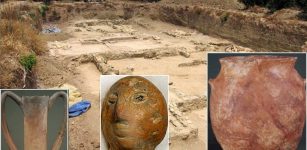 Legendary Helike – Uncovering Lost City of Poseidon
Civilizations | Dec 19, 2018
Legendary Helike – Uncovering Lost City of Poseidon
Civilizations | Dec 19, 2018 -
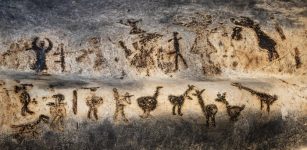 Elusive Non-Binary Gender In Prehistoric Europe – A Forgotten Minority
Archaeology | May 26, 2023
Elusive Non-Binary Gender In Prehistoric Europe – A Forgotten Minority
Archaeology | May 26, 2023 -
 Ancient DNA Shows Neanderthals Used Plant-Based Medicine To Treat Pain And Illness
Archaeology | Mar 9, 2017
Ancient DNA Shows Neanderthals Used Plant-Based Medicine To Treat Pain And Illness
Archaeology | Mar 9, 2017 -
 Archaeologists Discover Gloucestershire’s Hidden Treasures
Archaeology | May 14, 2024
Archaeologists Discover Gloucestershire’s Hidden Treasures
Archaeology | May 14, 2024 -
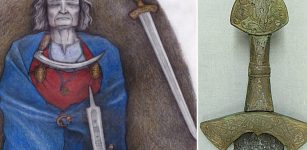 Suontaka Weapon Grave: New Light On Strong Female Leaders And Warriors Of Late Iron Age Finland
Archaeology | Jul 29, 2021
Suontaka Weapon Grave: New Light On Strong Female Leaders And Warriors Of Late Iron Age Finland
Archaeology | Jul 29, 2021

